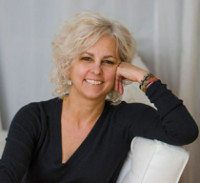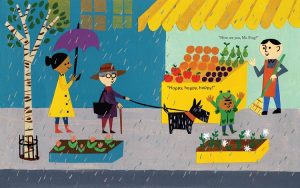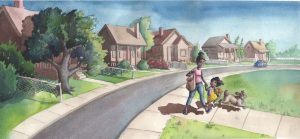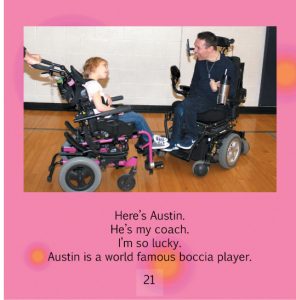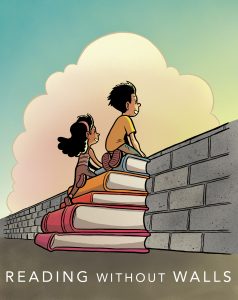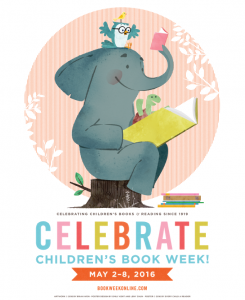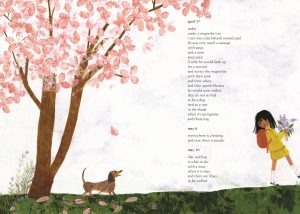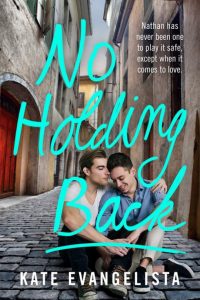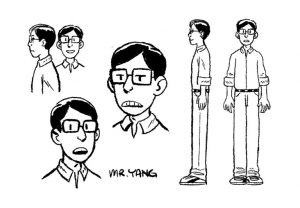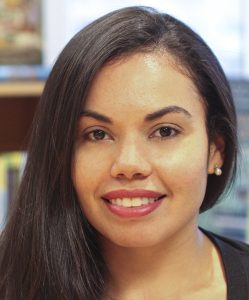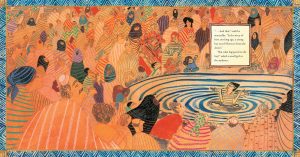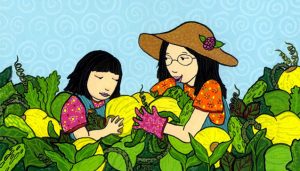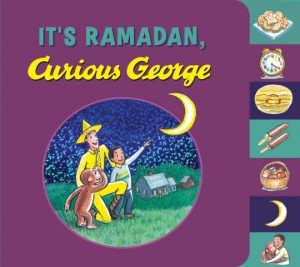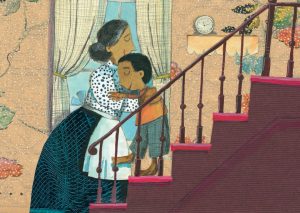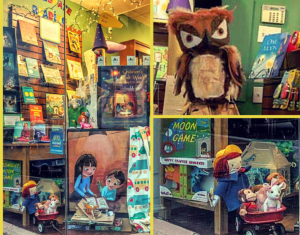Uncategorized
-
Kate DiCamillo Looks Back on Her Ambassadorship
DiCamillo traveled the country as National Ambassador (2014-15), spreading the message that “Stories Connect Us,” and that reading together helps forge community. She in turn discovered that kids everywhere are still …
-
Diversity in the News: April 2016
The newsletter is a valuable resource for librarians, teachers, booksellers, parents and caregivers, publishing professionals, and children’s literature lovers. Find thought-provoking articles, diverse new releases, and more in this month’s issue and sign …
-
National Ambassador Gene Luen Yang on Reading & Writing Without Walls
Through his platform, “Reading Without Walls,” Yang encourages readers of all ages to embrace diverse books — both in terms of content and form — and expand our reading horizons. …
-
#DrawingDiversity: ‘In the Wind’ by Elizabeth Spurr, illustrations by Manelle Oliphant
In the Wind by Elizabeth Spurr, illustrations by Manelle Oliphant (Peachtree Publishers, March 1, 2016). All rights reserved. @peachtreepublishers
-
Diversity, Disability, and Dolls
Contributed by Vera Lynne Stroup-Rentier, Ph.D., Author
Public Law 99-457 passed in 1986, amending the Education of the Handicapped Act and requiring states to provide appropriate and free public education to children with disabilities ages 3 through 5. Shortly after the implementation of this law began in 1991, I was fortunate enough to work with infants, toddlers, and preschoolers in Washington, D.C. As one of the few white women on staff, I learned much about diversity and disability. However, the lessons I learned often left me dismayed about how society represented each and every child. I learned one such lesson when I wanted to find dolls that the children and I could wash together in the water table. I liked this activity because I could talk to children about the different aspects of the dolls, like skin color. I went in search of black dolls for the water table because the children in my class were black and Hispanic. I rarely had a white student in my class. I went to store after store after store looking for dolls. There were white babies everywhere but no black or Hispanic babies. I finally found a catalog I could order them from but could not get over that fact that dolls of other races were not available in stores. These were the same stores my students’ families shopped in every week.
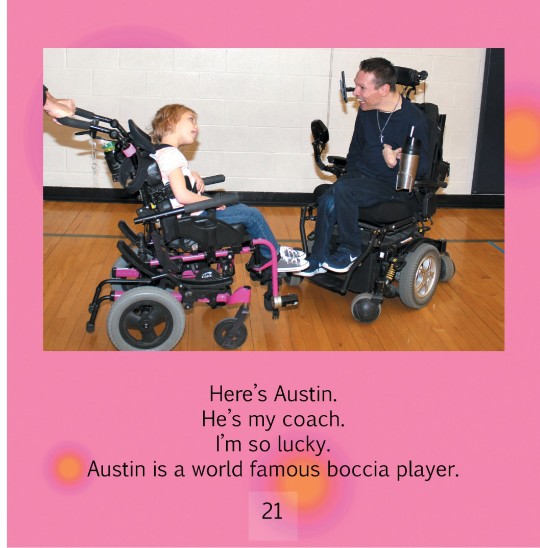
The good news is that over the past 25 years the practice of having a limited diversity of dolls has changed. Now, even Barbie comes in all shapes and sizes! While I do consider this a victory for young girls everywhere, my daughter, who is from India and has a disability, still has a difficult time finding herself represented in children’s literature. Certainly, there are lots of books about girls growing up in today’s society. In fact, many have whole series of books written about them. Most of the time, though, they are white girls growing up in a world with limited colors. My friend Jo and I wanted to change the way my daughter and others like her are able to view themselves in our ever-changing society. We wanted to show children from all walks of life with many different types of disabilities and backgrounds doing the things they love most. This love translated into building on their interests and skills so they can become more self-directed and self-determined over the course of their young lives. We know being self-determined starts to happen way before a teenager turns 18. We encourage you to peel back the pages of a good book and see how it represents you or a child you care about it in a positive way. This same book should embrace the child’s diversity in the context of their family.

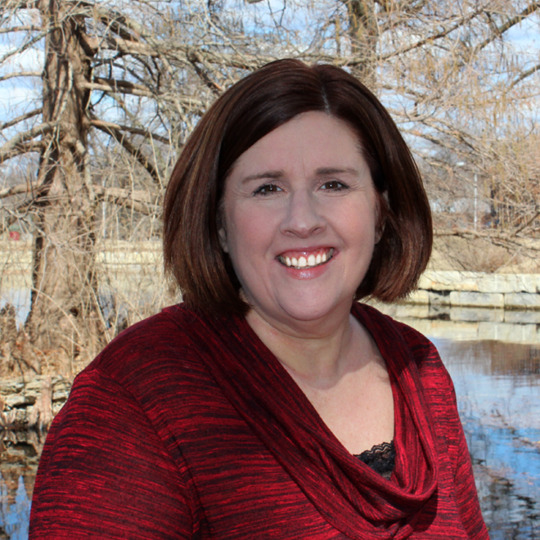
Vera Lynne Stroup-Rentier worked in the fields of Early Childhood and Special Education as a teacher for 25 years. She has a PhD in Special Education from the University of Kansas and is currently working at the Kansas State Department of Education. She has co-authored seven children’s books with Jo Meserve Mach for Finding My Way Books. All Finding My Way books are written to honor children with special needs or disabilities by sharing their stories. Their most recent title, ‘OE Wants It To Be Friday,’ features a young girl adopted from Russia who has Cerebral Palsy and uses a communication device. Visit findingmywaybooks.com for more information.
-
National Ambassador Gene Luen Yang’s Reading Without Walls Podcast: Episode 2 with Derek Kirk Kim
Through his platform, “Reading Without Walls,” Yang hopes to inspire readers of all ages to pick up a book outside their comfort zone. In episode two of his podcast, Yang …
-
A Message from National Ambassador Emeritus Jon Scieszka!
Ever the comedian, Scieszka donned his purple tux and teamed up with our friends at KidLit.TV to bring you this special message about voting. Watch the zany video here and vote now through April …
-
Children’s Book Week 2016 Preview
We have your favorite Children’s Book Week traditions and exciting new events heading your way! Here’s a look at some of the highlights: Bi-Coastal Kickoff: This year’s celebration launches with …
-
The CBC Stands in Support of N.C. Bookstores
In a joint statement signed by the ABA, the CBC, the Association of American Publishers, the American Library Association Office for Intellectual Freedom, the Society of Children’s Book Writers and Illustrators, and …
-
#DrawingDiversity: ‘When Green Becomes Tomatoes: Poems for All Seasons’ illustrations by Julia Morstad

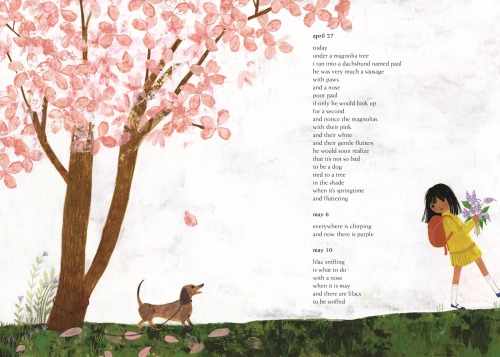
When Green Becomes Tomatoes: Poems for All Seasons by Julie Fogliano, illustrations by Julie Morstad (Roaring Brook Press/Macmillan Children’s Publishing Group, February 2016). All rights reserved. @macmillankids
-
Vote for the 9th Annual Children’s & Teen Choice Book Awards!
Visit ccbookawards.com to meet the finalists, and encourage kids & teens to vote for their favorites now through April 25! Winners will be announced during the 97th annual Children’s Book Week (May 2-8, 2016), …
-
Didi and the Diverse
Contributed by Kate Evangelista, Author
The word diverse can mean a lot of things to a lot people. That’s what’s fantastic about the word. Diverse literally means variety.
As a budding writer, I have always been attracted to diverse characters. This goes beyond just the color of their skin or the culture they come from. Although I already have characters in my head that represent different races and cultural backgrounds, I’m waiting for the right opportunity to start writing their stories.
A couple of years ago, I was in search of a critique partner, as many of us writerly types do. I had just written Disclaimer: I Like Boys, which has since been renamed No Holding Back. This is the story of Nathan and Preston. My boys. Finding love.
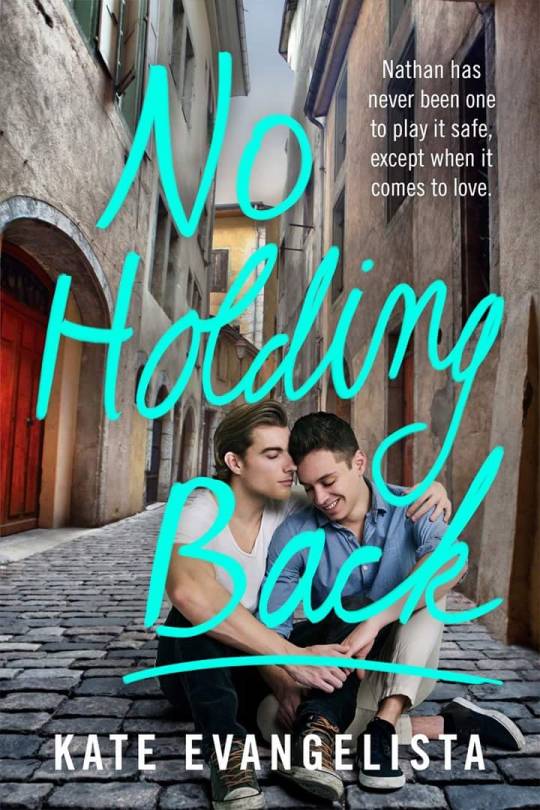
I found an author who also writes diverse books and is very vocal about writing diverse books, so I thought: Why not? We exchanged chapters. A day later I got an email from this author telling me that she couldn’t critique my story anymore. Why? Because my book was about two boys falling in love. I found that quite ironic. Apparently to this author, the word “diversity” has limits.
That is the funny thing about writing. You meet many different types of people. Diverse people. With diverse ideas. And these are just the characters in my head.
Before No Holding Back, there is No Love Allowed. Didi’s story. Oh, Caleb is in there too. But for the sake of this post, let’s focus on Didi.
When Didi first came to me, she was a character who was clearly different from any heroine I had ever encountered. She spoke her mind. Demanded that she be written in the fashion she dictated. What is a humble writer—i.e. typist—like me to do?
So I sat down and listened.

As she told me her story, one aspect of her character came up. Didi has bipolar disorder. Like many in this world we call home, all I knew about this disease of the mind were the extreme mood swings. Right away I knew I had to do my research. I couldn’t go into writing Didi’s story blind to what she goes through on a daily basis.
I needed to learn more. So I turned to an abundance of articles, documentaries, and interviews (some personally conducted by yours truly). But the weird thing is the more I learned about Didi’s disorder, the more I realized I knew nothing. I reached the point where writing her story became daunting.
First of all, I did not want to bog down the book with information. No Love Allowed is a love story. It’s an easy read meant to entertain you for a couple of hours. A book you can read in one sitting. Imagine doing that when all you’re reading are facts fit for a website Q&A.
This is why Didi said she didn’t want her story to be about her disorder. She had bipolar disorder, but she wasn’t the disease. She was more.
That was when writing her story became fun. Each and every scene she was in came alive in my head. From her makeover scene with Nathan to the moment she feels her hand shaking and couldn’t paint because the side effects from her meds were particularly bad that day. Each and every piece of dialogue is wholly Didi.
With No Love Allowed finally hitting shelves, I must say farewell to Didi and her beloved Caleb and move on to the other characters in my head. Those who have been following my work since my very first publication may notice that my characters have become more diverse with each book. I want that to continue until I can write no more.
Because for me: Diversity has no limits.


When Kate Evangelista was told she had a knack for writing stories, she did the next best thing: entered medical school. After realizing she wasn’t going to be the next Doogie Howser, M.D., Kate wandered into the Literature department and never looked back. Today, she is a graduate of De La Salle University - Manila with a Bachelor of Arts in Literature. She taught high school English for three years and was an essay consultant for two. Currently she writes full-time and is based in the Philippines.
-
#DrawingDiversity: ‘Dear Bunny’ by Katie Cotton, illustrated by Blanca Gomez
Dear Bunny by Katie Cotton, illustrated by Blanca Gomez (Quarto Kids, March 2016). All rights reserved.
-
National Ambassador Gene Luen Yang’s Creativity in Progress Series
In his first post, Yang shares insider tricks for keeping characters consistent. Here’s an example of a model sheet used as reference for Yang’s upcoming graphic novel, Dragon Hoops:
-
“Niche” Numbers
Contributed by Nikki Garcia, Assistant Editor, Little, Brown Books for Young Readers
There are a lot of well-meaning people in publishing who work hard to create more diversity in books. But unfortunately there can also be times when excuses are made for not highlighting diversity through books:
*There isn’t enough of an audience to buy these books.
*It’s difficult to reach that market.
*That market is too niche.
*We have too many tough issue books.
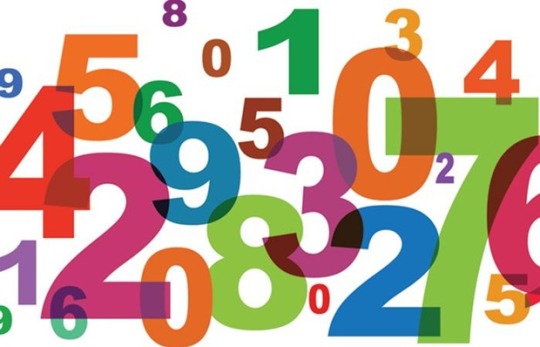
These are just a few I’ve heard over the years across the industry. No single group or department is more to blame than the other. When I acquire a diverse book, I often have to think about how to get my point across at various meetings, like an acquisitions meeting. I want to make sure that marketing, sales, and publicity know that there is indeed a market and audience for this book, so I often look for statistics to support my case:
- In November 2015, the Census Bureau reported that at least
350 languages were spoken in homes across the United States.
- In July 2014, over 42 million people identified as Black or
African American, over 3.9 million identified as American Indian and Alaska
Native, more than 17 million identified as Asian, and almost 8 million people
identified with two or more races.
- In July 2014, the Hispanic population of the United States
was at 55 million, making people of Hispanic origin the nation’s largest racial
minority.
- In 2014, there were 46.7 million people in poverty.
- In 2014, over 783,000 households were of same-sex couples.
- In 2010, over 62,000 children under the age of 15 years old were reported as having a disability.
I think it’s difficult for some to see a world outside of their own—a world that’s full of children and adults from different walks of life. Sometimes, there are people who are unable to look beyond their own race, lifestyle, and income, and who forget that there are other groups of people who exist—people who will buy “niche” books. But I hope that with each day, we stop looking towards easy excuses.
I think it helps to keep reminding our peers of the big picture. If you’re an author or writer trying to bring more diversity to children’s literature, know that statistics are on your side. There is a child who can relate to your characters and there is definitely an audience for your book.

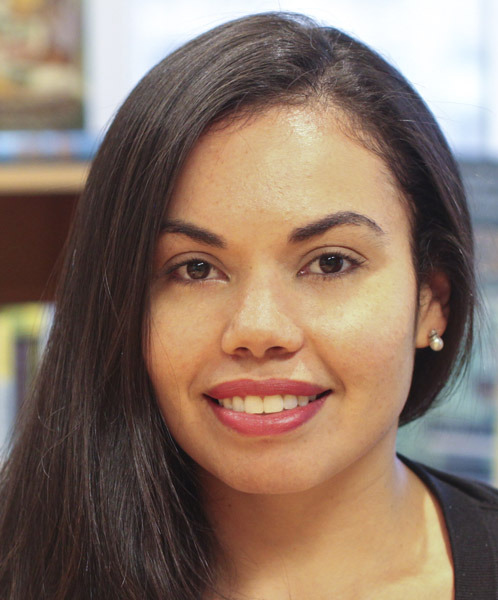
Nikki Garcia is an assistant editor at Little, Brown Books for Young Readers where she works on books for all ages. During her time at LBYR, she has had the honor of working with picture book authors such as Peter Brown and Frank Viva, as well as novelists such as Wendy Mass, Matthew Quick, and Holly Black. Born and raised right here in New York City, Nikki graduated from St. John’s University, and thankfully didn’t have to travel very far to make her dreams come true.
- In November 2015, the Census Bureau reported that at least
350 languages were spoken in homes across the United States.
-
#DrawingDiversity: ‘The Storyteller’ by Evan Turk

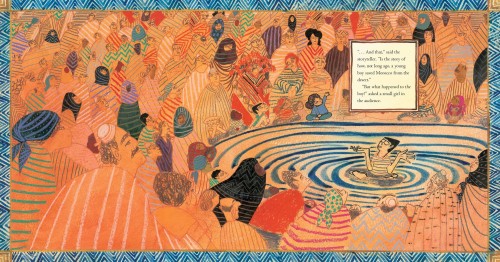
The Storyteller by Evan Turk (Atheneum BFYR/Simon & Schuster, June 2016). All rights reserved. @simonandschusterbooks
-
Diversity in the News: March 2016
The newsletter is a valuable resource for librarians, teachers, booksellers, parents and caregivers, publishing professionals, and children’s literature lovers. Find thought-provoking articles, diverse new releases, and more in this month’s issue and sign …
-
No Monkey Business: Curious George Celebrates Ramadan
Contributed by Hena Khan, Author
Like countless Americans, I grew up loving Curious George and his antics—swallowing a puzzle piece, painting a jungle scene on a wall, and flying on a bunch of balloons. And when I had children of my own, I happily reread the classic stories with them, along with a collection of new adventures for George at the library, the chocolate factory, and more. It was exciting for me to watch my sons develop the same appreciation for the mischievous little monkey that I have and to observe how truly timeless he is.
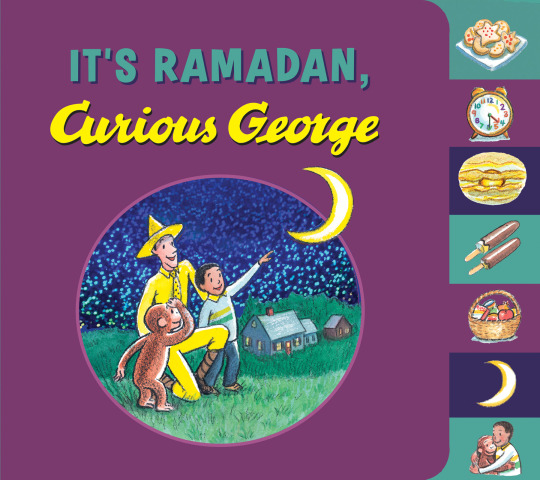
That’s why I was completely floored when I was offered the opportunity to write a book called, It’s Ramadan, Curious George. As the author of other books about Muslim culture, Night of the Moon, which chronicles the month of Ramadan through the experience of a young girl named Yasmeen, and Golden Domes and Silver Lanterns, a Muslim book of colors, I already knew how important it is to have stories that both represent Muslim kids in the literature and introduce a window into the culture for non-Muslims. But this was something new: an iconic and beloved character, curious about our traditions and culture, who actually takes part in them. I imagined what it would have felt like to have read the book myself as a child, or to have held it on my lap when my kids were younger, and I couldn’t contain my glee. Because I was certain that for other American Muslims, reading about Curious George breaking fast with his friend, going to the mosque, and celebrating the Eid holiday, would equally serve as a source of pride and build feelings of acceptance and inclusion.
Plus, the idea to create this book couldn’t have come at a better time. It hasn’t been easy to be a Muslim in America recently, especially for children, but really, for all of us. Anti-Muslim rhetoric is rampant, hate crimes and bullying are on the rise, and fear and anxiety over the future is growing in our hearts. But George has offered the American Muslim community the chance to forget that for a moment and to look forward to something positive, reaffirming, and just plain cute. Since news of the book’s imminent release went public, the response among American Muslims, librarians, educators, and the media has been overwhelming. I watched the initial news of it explode all over my social media feeds and my favorite reactions were people saying things like, “Whoa!! This is a thing??” “OMG. Amazing!” and “I can’t wait to read this to my girls.” Because that is exactly how I would feel if I were to discover it—a little more hopeful, and extremely happy.
I’m grateful for George’s newest adventure, and I think it will go a long way in helping to foster tolerance and understanding as it teaches about a very special time of year. I’m confident it’s safe to speak for fellow American Muslims and say that our Ramadan and holidays will be a little brighter with a little monkey along for the ride.

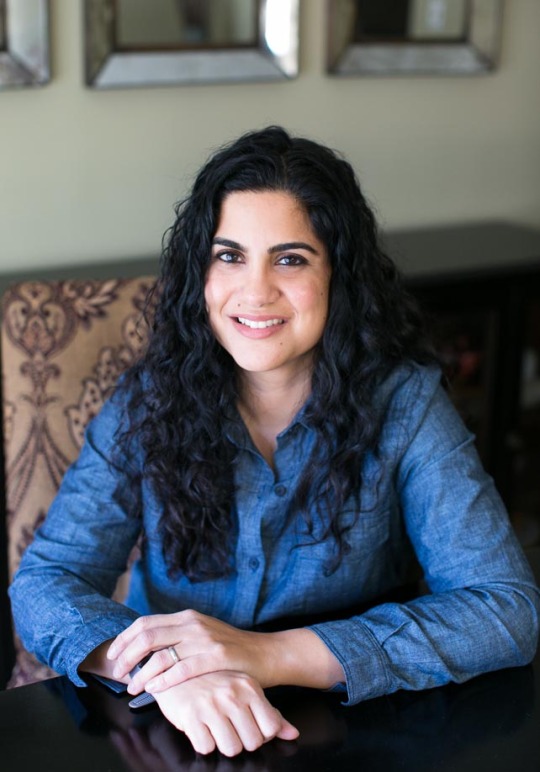
Hena Khan is a Pakistani-American Muslim who was born and raised in Maryland. The mother of two she has written many picture books for children and is thrilled to be introducing Curious George to his first Muslim holiday!
-
#DrawingDiversity: ‘A Splash of Red’ illustrated by Melissa Sweet

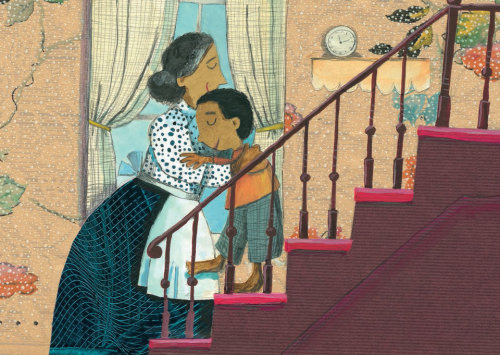
A Splash of Red: The Life and Art of Horace Pippin by Jen Bryant, illustrated by Melissa Sweet (Knopf Books for Young Readers/Random House, January 2013). All rights reserved. @randomhouse
-
Bookstores: Enter the Children’s Book Week Display Contest and Win an Author Visit!
In celebration of the 97th annual Children’s Book Week (May 2-8, 2016), the Children’s Book Council and Every Child a Reader are teaming up with the ABC Children’s Group at the …

